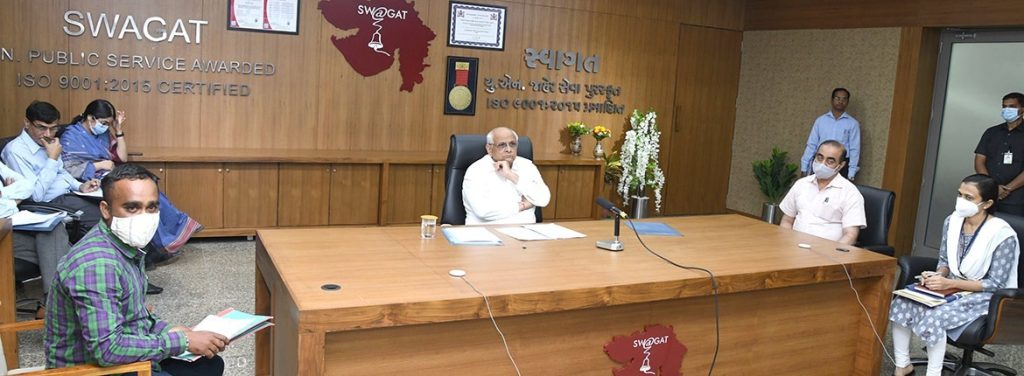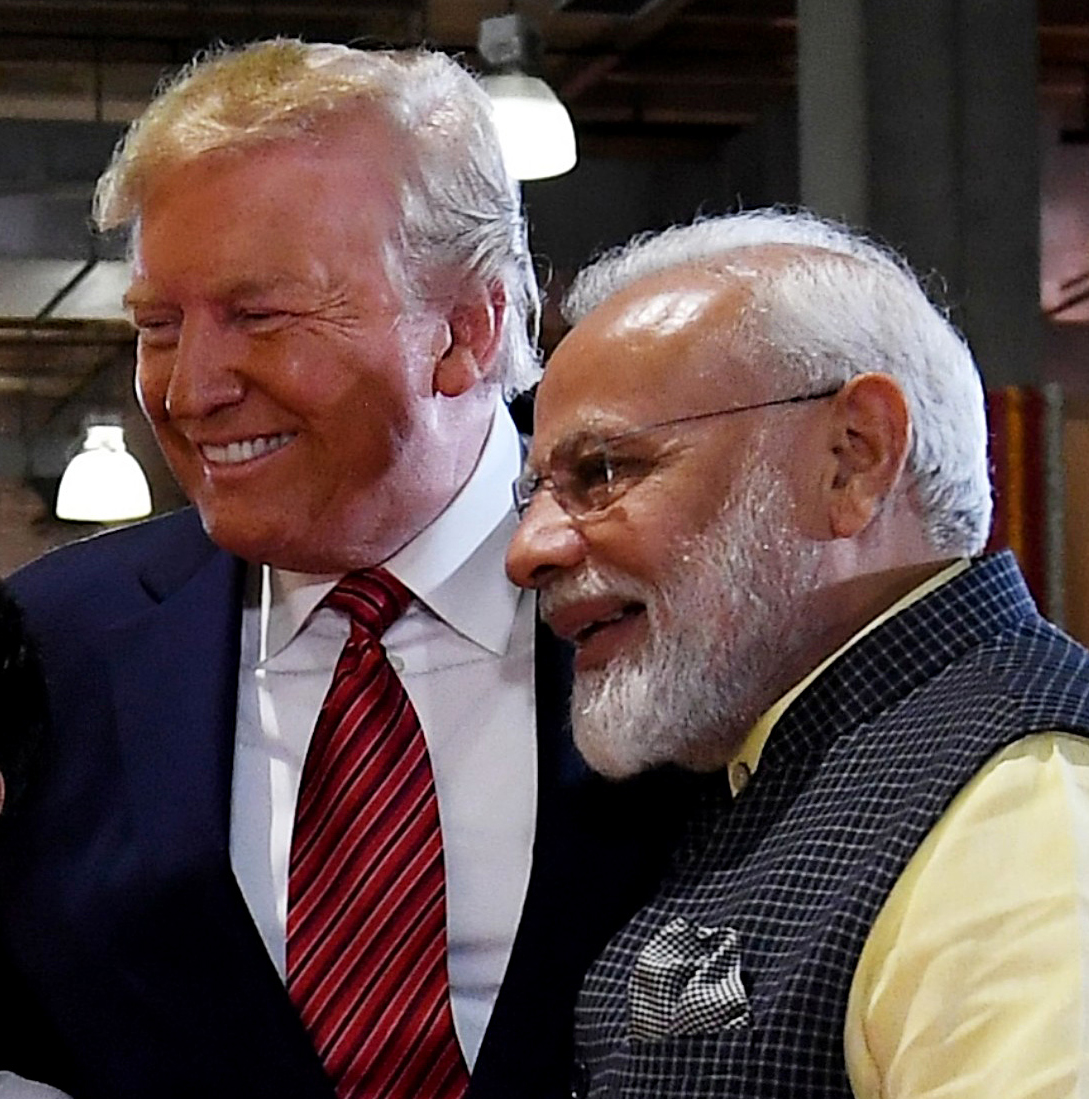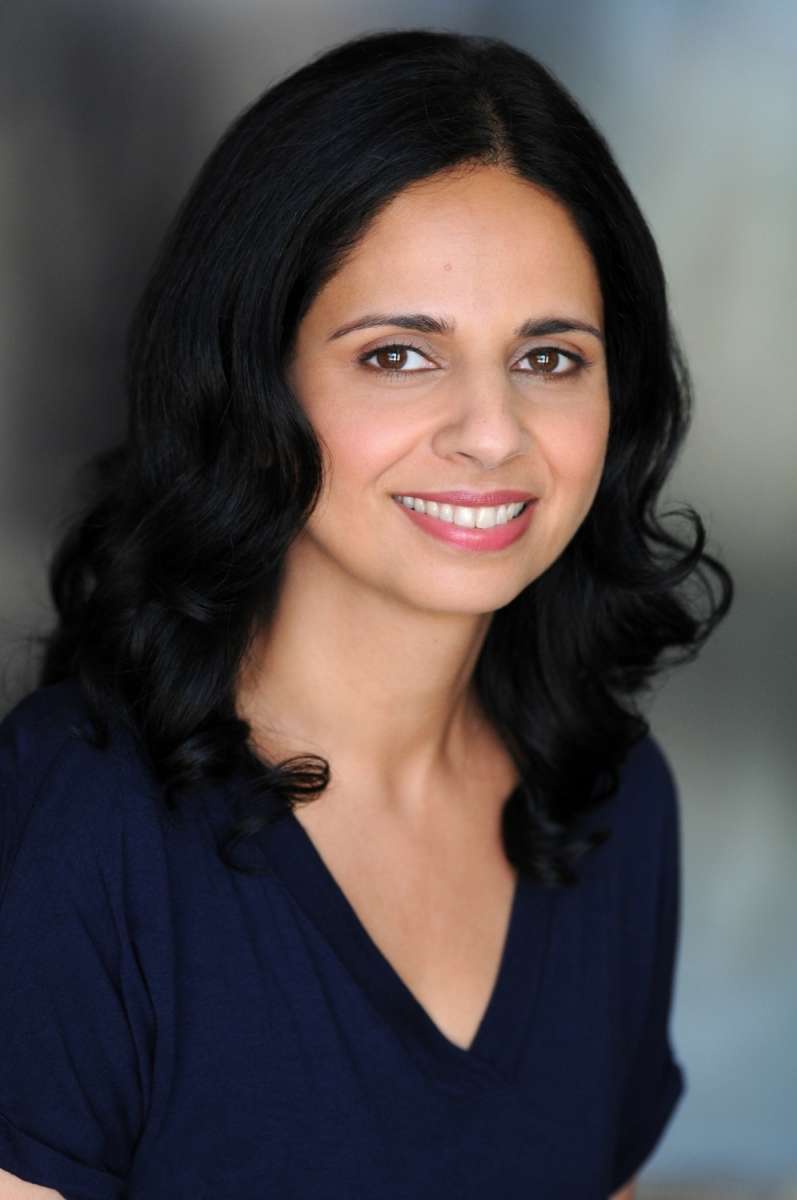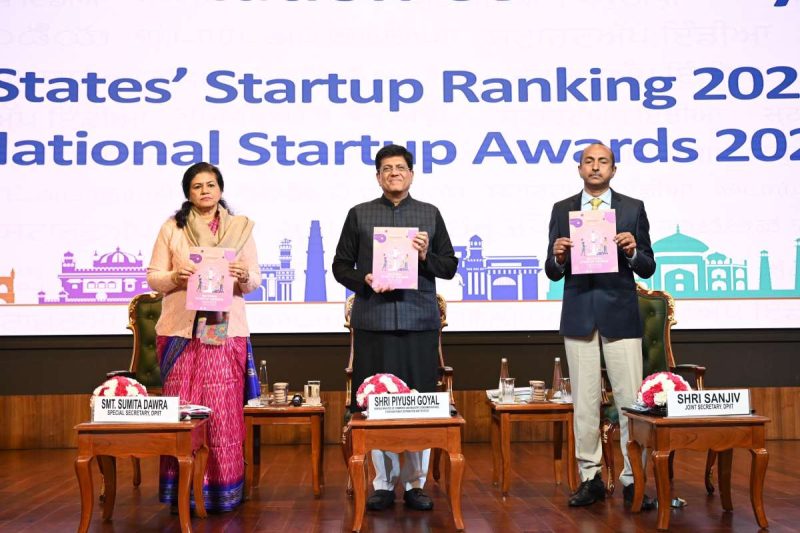The core of SWAGAT and CHINTAN SHIBIR ultimately serves the general public as the first is to make the government more accessible to them, and the second is to ensure that whatever the government is planning for them, they are getting its benefits, writes Nieleesh SShukla
Prime Minister Modi’s vision has always been futuristic. From the time when he was the Chief Minister of Gujarat until he became the Prime Minister of the country, his vision is what made him a global leader. Although he pioneered many successful schemes and initiatives, SWAGAT and CHINTAN SHIBIR are two such initiatives that have completed 20 years this year. Any scheme or initiative that runs for 20 years successfully is itself a great achievement.
In 2003, during the chief ministerial days of Gujarat, Mr. Narendra Modi started these two initiatives with long-term objectives. On April 24th, 2003, Gujarat became the first state in India to launch a combination of digital and communication technology in a program named SWAGAT (Statewide attention on grievances by the application of technology). After 2 months in June 2003, a Unique and Pioneering HRD initiative, Chintan Shibir, the three-day ‘brainstorming workshops,’ were started.
The objective of SWAGAT was to create such machinery that can connect directly with the Janta-Janardan and give solutions to their problems as soon as possible. Chintan shibirs were workshops for the administrative officers of the states who work as a key intermediary between the government and the public.
The core of both these initiatives ultimately serves the general public as the first is to make the government more accessible to them, and the second is to ensure that whatever the government is planning for them, they are getting its benefits.
But to understand both these mega initiatives, we have to go back and understand what exactly these are and how they are still running successfully even after 20 years.

SWAGAT: Grievance redressal is the key to good governance; more so in a democracy. Efficiency, transparency, and speed in redressal are the key to citizen satisfaction, and that is where SWAGAT plays the role very well. Before SWAGAT, there used to be a paper-based process that was a) not transparent b) no common person had access to a higher level and c) no monitoring system was there to follow up. So, by removing all the above obstacles, SWAGAT handled public grievances systematically and fulfilled its mandate.
On 27th April 2023, when this initiative completed its 20 years, the PM interacted with the beneficiaries of SWAGAT and said, “The SWAGAT initiative in Gujarat demonstrates how technology can be efficiently used to resolve people’s grievances. It stands by the idea of Ease of Living and Reach of Governance. SWAGAT became the inspiration for many solutions to governance. Many states are working on this type of system. The attitude of the government should be friendly, and common citizens can easily share their issues with them”. On the lines of SWAGAT, PM Modi also started a program named PRAGATI in the central government to review the working of the government. Till now, 328 projects with a total cost of Rs. 15.82 lakh crore have been reviewed under PRAGATI.
SWAGAT has strengthened public accountability. Citizens feel satisfaction when their grievances are attended and well-looked-after at the highest level. Due to SWAGAT Programme’s monitoring system, access to all has been guaranteed through the proximity of local officers. The good governance model of Gujarat has found its identity in the world due to the efforts made by the government with all honesty and dedication. The UN also awarded the SWAGAT program the ‘Public Service Award’ in the year 2010. The Public Service Award is the most prestigious international recognition of excellence in public service. It rewards the creative achievements and contributions of public service institutions that lead to a more effective and responsive public

Chintan Shibir, which involves deep reflection on administrative issues, is an important exercise to keep the soul and mind of the government fresh and connected to the aspirations of the people. It serves as both a management exercise and a meeting of minds to evolve a meaningful and interactive platform for setting goals, sharing experiences, and focusing on vital areas of governance. Chintan Shibirs provide the platform for the sharing of hundreds of experiences, both good and bad, which led to learning from others and saved valuable resources of both time and money. All sessions at Chintan Shibir are highly interactive and have a deep impact on the bureaucracy and their work culture.
There is no doubt that the biggest success of Chintan Shibir was the formation of Team Gujarat, which propelled the state to the No.1 position in the country. It introduced the concept of proactive governance and improved service delivery while minimizing public interface.
The idea of Swanth Sukhay was conceived in the first Chintan Shibir in 2003. During the discussions, it was felt that many officers were doing innovative work apart from their routine assigned work, and the need was felt to institutionalize such initiatives. This resulted in a program named Swanth Sukhaya project, which means “what gives happiness to oneself.” The Central government decided to replicate Swanth Sukhaya at the national level in 2014.
In his earlier speech as Prime Minister, Narendra Modi said, “Chintan Shivir is a prime example of cooperative federalism. The Panch Pran must be the guiding force for good governance. The law and order system can be improved with the help of smart technology. Every state should learn from each other, take inspiration from each other, work for the betterment of the country, and this is the spirit of the constitution.”
Even nine years after Modi left the Gujarat administration to lead the nation as Prime Minister, his successor Chief Ministers of Gujarat, Anandi ben Patel, then Vijay Rupani, and now Shri Bhupendra Patel, have held the torch tight. The SWAGAT program has not only endured in the state but continues to thrive. It has addressed around 5.6 lakh grievances with a 99.91% success rate.
On the completion of 20 years of SWAGAT, Chief Minister Bhupendra Patel continued the glorious tradition of this innovative initiative by declaring the last week of April 2023 as “Swagat Saptah.” The Chief Minister’s office also trained village panchayat sarpanches, talatis, newly-appointed mamlatdars, and taluka development officers.
(Writer is Joint Director, Gujarat Bhawan, New Delhi)













